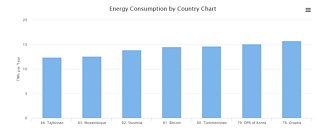DapuStor Officially Launches High-Capacity QLC eSSDs up to 64TB
As AI accelerates data expansion, enterprises face increasing challenges in managing large volumes of data effectively. Tiered storage solutions have emerged as the preferred approach for balancing performance and costs. Solid State Drives (SSDs), with their fast read and write speeds, low latency and high power efficiency, are becoming the dominant storage selection for data centers and AI servers. Among SSD techniques, QLC SSDs offer unique advantages in costs and storage density, making them particularly suited for read-intensive AI applications. Therefore, high-capacity SSDs, such as 32 TB and 64 TB models, are gaining traction as a new storage solution in the market.
Read-Intensive Applications: Mainstream Enterprise SSD Use Cases
According to the latest research from FI (Forward Insight), up to 91% of current PCIe SSDs deployments are used in applications with DWPD of less than 1, and the share is expected to reach 99% by 2028. this shift underscores the increasing prevalence of read-intensive applications and data centers, a space where QLC SSDs excel.
Read-Intensive Applications: Mainstream Enterprise SSD Use Cases
According to the latest research from FI (Forward Insight), up to 91% of current PCIe SSDs deployments are used in applications with DWPD of less than 1, and the share is expected to reach 99% by 2028. this shift underscores the increasing prevalence of read-intensive applications and data centers, a space where QLC SSDs excel.




































